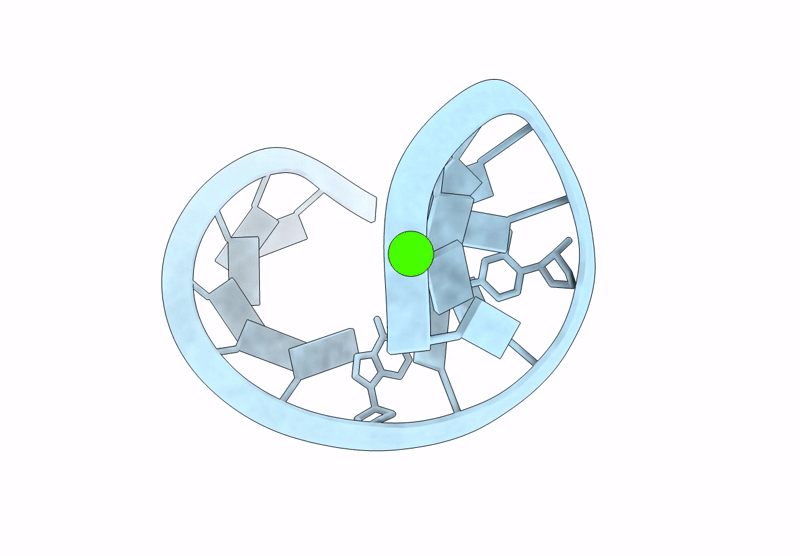
Deposition Date
2025-05-11
Release Date
2025-10-22
Last Version Date
2025-10-22
Method Details:
Experimental Method:
Resolution:
1.24 Å
R-Value Free:
0.22
R-Value Work:
0.18
Space Group:
H 3 2


